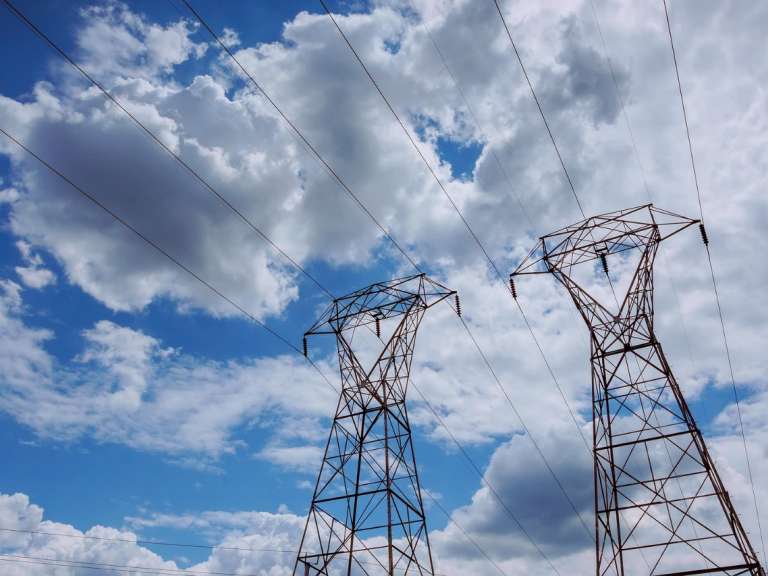Following the advent of software as a service models, the outcome as a service model has emerged in recent years—and not just for software. The concept is not new. Power industry veterans may be familiar with the "power by the hour" model in the airline industry, whereby turbine manufacturers guarantee availability for a fixed fee per flight hour. This model has been delivering results for half a century.
This service model can be attractive to both the buyer and provider. It simplifies the buyer's world, and if customers don't receive the guaranteed outcomes, then they don't pay (and can even charge penalties in some cases). Sellers, meanwhile, take on risk but create value by solving complexities and pricing the service based on value created. This ease of doing business can improve relationships with customers, while integrating profitable long-term service and maintenance activities into the contract.
Outcome as a Service in Power Generation
The concept of selling an outcome as a service is simple. By integrating the underlying services with products customers want, you can create packages that are more valuable than their individual parts, while making things simpler for the customer. That's one reason why power by the hour has endured in the airline industry and why the power generation industry at large may be well-positioned for the same approach.
In electric generation, the delivery of a guaranteed service may provide an opportunity to graduate from today's lean spark spreads to more robust financial outcomes. Meanwhile, the ability to deliver is far easier to achieve today than it was a few years ago, as increased levels of digitization provide more visibility into power plants and reduce the potential for unexpected outages, while more accurately forecasting future plant availability. However, the ability to deliver is only one piece of the puzzle.
A New Customer Conversation
The more challenging element of outcome as a service involves the customer relationship. This begins with a sales process that is lengthier and more focused on building a partnership. It involves a careful determination of the outcomes the customer actually wants. The range of desired outcomes can be quite large, either at the individual plant or within a larger context.
This involves a different level of discernment that starts with identifying the problem the customer is really trying to solve. Listening to what customers say is critical, especially if they don't know exactly what they want or even what the industry can currently offer.
Does the customer want guaranteed 24/7 baseload power, or is the goal to maximize revenue for a single plant? Perhaps the aim is to maximize revenue across the entire fleet. Or does a new CHP contract specify various outputs over specific timeframes? As each of these scenarios involves different operating protocols and levels of performance risk, clarifying the customer expectation is absolutely critical.
The outcome as a service model also involves reporting. Ongoing customer communication is essential and should be defined in the contract. It often involves multiple departments responsible for performance, financial information, and emissions-related information.
Of course, any failure to perform becomes absolutely critical to both document and rectify. If not handled properly, this can create the most financial risk as well as long-term damage to the provider/client relationship.
An Internal Cultural Shift
To successfully sell and deliver outcomes, generators must rethink (and perhaps even restructure) the way they do business, from initial marketing all the way through to delivery.
The sales process generally requires a dialogue between multiple stakeholders for both sellers and buyers. While margins are often considerably higher in this model, so are the performance risks. Vendors must fully understand the outcomes they are selling and guaranteeing, the costs of delivery across the organization, and the risks.
The old model of selling a product, winning a sales commission, and moving on—with delivery being somebody else's responsibility—no longer reigns here. Instead, integrated teams must collaborate from the process of pricing through to actual delivery, while focusing on serving the customer. All aspects of the service must be defined and appropriately priced.
Critically, performance failure and downtime risk, which can easily accrue to millions of dollars over relatively short periods of time, now become the responsibility of the solutions provider. These risks must be assessed and accurately priced into the product. Providers must establish communications and feedback loops to minimize the potential for failure, while ensuring that lessons learned are incorporated into the organization. Incentive programs must often change, as well, so that entire teams are rewarded for performance and value creation. From the customer perspective, this must appear seamless. Internally, this means clearly assigning provider responsibilities and developing the ability to learn and adapt quickly.
Creating these capabilities, along with increasing digitization, can represent a critical and challenging cultural shift for plants. In the long run, though, it is likely to pay off for the top performers. Increased margins and lengthier contracts should outweigh the risk and create opportunities to forge stronger bonds with customers, providing them with the outcomes and services they truly desire.
